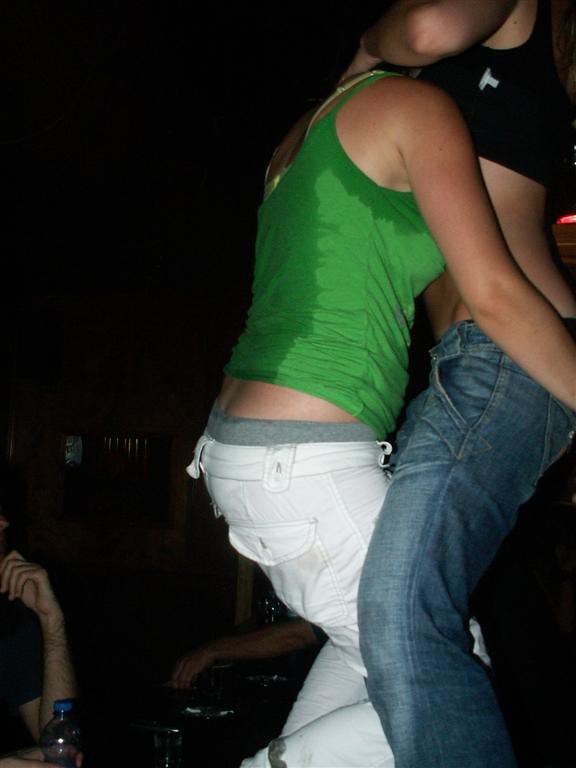
In a recent case, a defendant was acquitted of sexual assault, the Attorney General referred the case to Court to look at a point of law. The question asked was:
“Is it necessary for the prosecution to prove, as an element of the offence of sexual assault, not only that the offender intentionally touched another person without their consent, and that the touching was sexual, but that the offender intended his touching of that person to be sexual?”
In the case in question, the defendant was on a train with his two nephews when the complainant got on. She said that the defendant seemed drunk, he tapped her on the arm and when she turned to face him, he grabbed her face and gave her a “sloppy” and “forceful” kiss on the lips.
The defendant said that he wasn’t drunk and that he heard someone say “what do you want a photo with her for? She’s fat and ugly”. His reaction was to protect her, so he told her she was not fat and gave her a peck on the lips to support her. He said he had not intended to sexually assault her and that it was not a sexual kiss.
A kiss on the lips is not necessarily sexual but could be. A kiss may be sexual if between partners, but not between mother and child, for example.
It was argued here that it was sexual due to the nature of the kiss, the ages of the defendant and complainant, that they were strangers, the location on the train and the alleged intoxication of the defendant. It was further argued that the purpose of the kiss was sexual gratification.
The defendant was saying that he did not intend the kiss to be sexual; he had no sexual intent or gratification. The question for the Court was whether or not his intent was to be taken into account, or whether it was merely a question of whether the act was considered sexual in the circumstances.
The judge concluded that the prosecution did need to prove the touching was intentional and that the defendant did not reasonably believe the complainant consented to it. He ruled that it was a necessary ingredient of the offence that the defendant intended the touching to be sexual. That last part was the controversial aspect of the ruling.
The jury was directed to consider whether there was an intention on the defendant’s part to touch sexually. That is whether it was sexually motivated, with a view to sexual gratification on the part of the defendant.
The Attorney General argued that the intention required for this offence was simply an intention to assault rather than an intention to touch sexually.
The definition in the legislation is that touching is sexual if a reasonable person would consider this was the case, by virtue of the nature of what occurred. It was argued that whilst the purpose of the person may be relevant the ultimate determination of whether or not an incident of touching was sexual was a question for the “reasonable person” and not the defendant.
The Court of Appeal was confident that the prosecution didn’t need to prove that the defendant additionally intended his touching to be sexual.
The offence requires:
- the offender intentionally touched another;
- the touching was without consent (or the offender did not reasonably believe the complainant consented); and
- the touching was sexual.
The offender’s purpose may be relevant where an act may or may not be sexual, but a sexual purpose did not need to be proved.
Contact Broadbents Solicitors
This can be a complicated area of law, as shown in this case where the trial judge got it wrong. We ensure we keep up to date with any changes in case law so that we are always best placed to advise you properly. If you would like to discuss any aspect of your case, please contact Broadbents Solicitors. We cover various fields of law, ensuring that you have access to expert legal advice. You can call our dedicated team today: Alfreton 01773 832 511, Derby 01332 369 090, Heanor 01773 769 891, or Sutton-in-Ashfield 01623 441 123. Alternatively, you can head over to our online contact form and we’ll be in touch.
[Image credit: “And then we kiss” by jonklinger is licensed under CC BY-SA 2.0)






